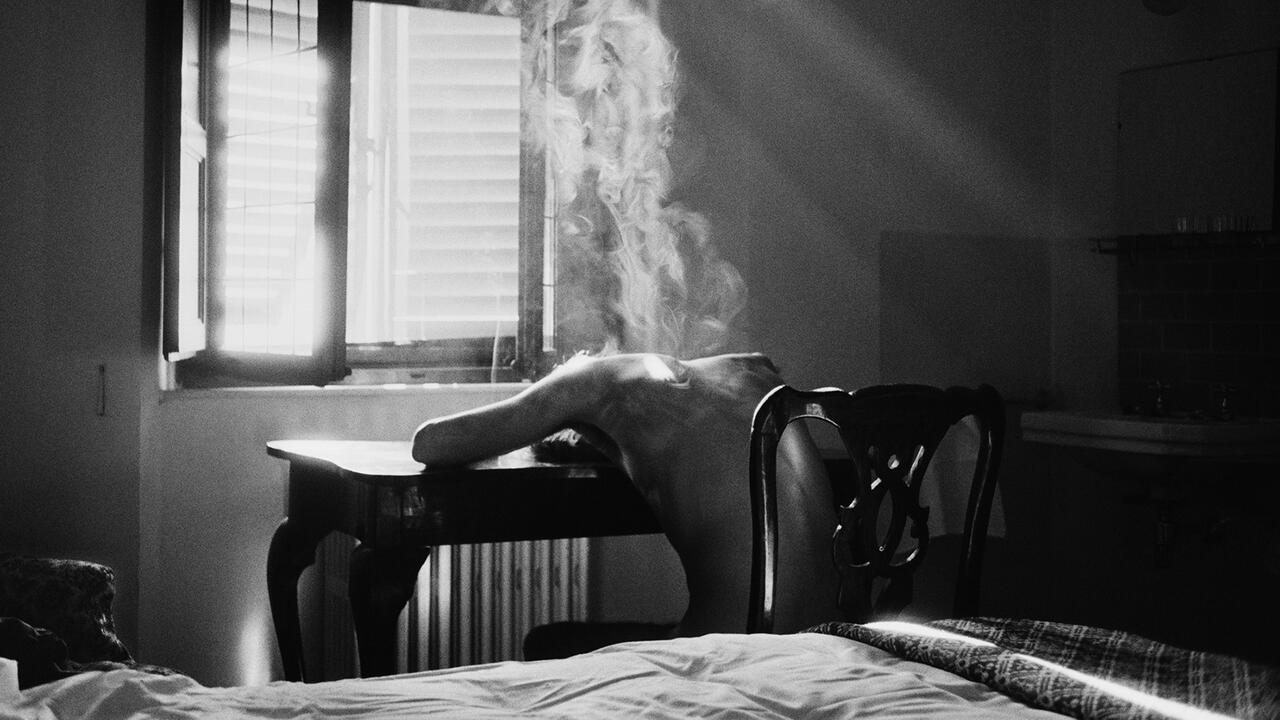On the Road, Again
Being an artist in Africa means constantly dealing with officialdom, ennui and endless waiting
Being an artist in Africa means constantly dealing with officialdom, ennui and endless waiting

This is the first in a series of regular columns by Cape Town-based writer Sean O’Toole. Its title refers to the 1983 Africa-wide hit by the late, legendary South African pop singer, Brenda Fassie.
Lagos is closer to Bamako than Barcelona is to Berlin. Extrapolating from this fact, if a journey between Johannesburg and Cape Town takes an uneventful 15 hours by car – roughly the motoring time that separates the Spanish and German cities – planning a three-day drive from the Gulf of Guinea in Nigeria to the plains of the Sahel in Mali might seem overly generous. Admittedly, the journey includes five border crossings, but technically they’re all in the Economic Community of West African States. Technically, numerically, logically – such adverbs are dangerous things to hold onto when travelling in Africa.
It took a group of ten Nigerian friends, amongst them writer Nike Ojeikere and photographers Uche Okpa-Iroha and Emeka Okereke, nearly a week to drive from Lagos to Bamako’s National Museum, last year’s host venue for the 8th Bamako Encounters African Photography Biennial, an up-for-it gathering dedicated to Africa’s most upwardly mobile art form. Car problems notwithstanding, Okpa-Iroha, a member of the BLACK BOX photography collective based in Lagos, was awarded the Seydou Keita Grand Prize for his photo-essay on street life in Lagos. But why drive when the group could easily have flown? The simple answer: because they wanted to, and could. Admittedly, this is a partial interpretation, one that is more focused on the implied optimism of the decision than the motivating impulse.
Setting off from Lagos in an unreliable black Volkswagen van, listening to the diminutive South African songstress Yvonne Chaka Chaka, the participants in the ‘Invisible Borders’ collective were compelled by an ‘urgent need’ to discover and experientially map the ‘dividing borders’ that delineate African space. Reading the group’s blog (lagos-bamako.blogspot.com), two major themes of African travel writing recur: officialdom and ennui. ‘And so we wait at the border,’ writes Ojeikere as the group reaches Seme at the Nigerian border with Benin. ‘We wait. And wait. And wait. And wait. We wait … We wait. We wait. We wait … for Godot. At the border.’ Repetition is key. ‘Unbeknownst to us […] waiting would be the constant feature at all borders.’
Waiting at borders, waiting on buses and waiting in queues. Most artists doing business across borders in Africa have a story about waiting. For the most part, these stories are tedious and focus on waiting for airline tickets to a biennial or the subsequent wait for art works to clear customs. Pieter Hugo doesn’t tell this story. Singled out as one of the big names in contemporary African photography by the group of Afro-hippies headed to Bamako in their VW van, Cape Town-based Hugo came to prominence with his portraits of itinerant Hausa herbalists who use wild animals to improve their sales pitch. In 2005, working from a crude mobile phone image he found on the Internet, Hugo tracked down these nomadic salesmen to the outskirts of the Nigerian capital, Abuja. A road trip ensued.
‘In their vehicle?’ I asked the photographer shortly after his return home. ‘They charter mini-buses,’ he responded, detailing at length the patient, often indolent ritual involved in moving from city to city. ‘While one of them went to negotiate a fair, the others hid in the bushes with three hyenas, four monkeys and two rock pythons, plus their handlers, as well as some drummers. After agreeing to a price they ran and jumped into the vehicle, animals and all. The taxi driver was so terrified he wasn’t sure what to do. I sat up front with a monkey.’
Guy Tillim’s story is less comedic. A curious wanderer and recorder of aftermath, in 1996 the South African photographer visited Zaire for the first time; the country was on the verge of violently transforming into the Democratic Republic of Congo. Although seasoned as a conflict photographer, Tillim’s interest was confined to a large riverboat that travels from Kisangani to Kinshasa along the Congo River. ‘That was a difficult trip,’ recalls Tillim. In the background, rebel leader Laurent Kabila was preparing to expel long-time dictator Mobutu Sese Seko. ‘It was chaotic. Any foreigners who waltzed into Kisangani were just fresh meat.’ The secret police pounced, placing him under vague arrest until the boat’s arrival. That took two weeks.
These are simply anecdotes – they don’t adequately explain the work of the artists who tell them. What interests me, though, is the recurrence of these narratives of paralyzed boredom, so often told but rarely recorded. In his lapidary essay ‘The Road to Kumasi’ (2001), the Polish journalist Ryszard Kapuściński attempts to discern the ontological essence underlying the ‘benumbed waiting’ that characterized his bus journey to the Ghanaian town of Kumasi in 1957. Much the same as Donald Richie’s or Pico Iyer’s luminous despatches from the East, there is a nominal truth in Kapuściński’s observations about how ‘Africans apprehend time differently’. Nominal because waiting might define how large chunks of time are experienced on this diffuse continent, but it does not characterize all aspects of knowledge. There are also climaxes, resolutions, endings and, for the ‘Invisible Borders’ crew, an equally arduous return journey.























